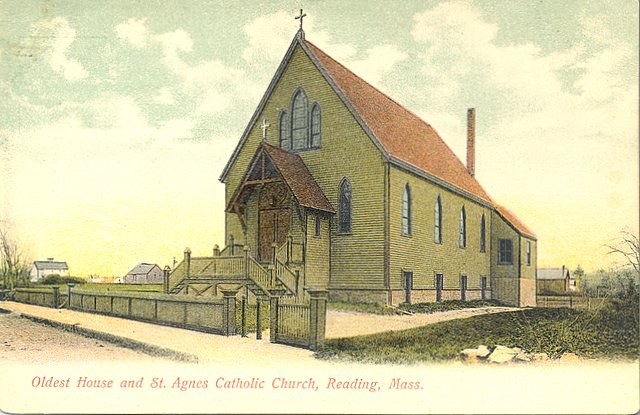Historic Timeline

1639
Lynn Village
In 1639 some citizens of Lynn petitioned the government of the Massachusetts Bay Colony for “place for an inland plantation.” The General Court granted them six square miles, then an additional four. The first settlement was called Lynn Village.
1644
Town Incorporated
On June 10th, 1644 the settlement was incorporated by the House of Deputies as the Town of Reading, taking its name from Reading, England.
1694
House is built
This house, the oldest documented one still standing in Reading, was built by Abraham Bryant Jr., a farmer and blacksmith, in the “saltbox” style typical of 17th-century houses, featuring a massive central chimney.
1724
New Owner
Abraham Bryant III sold the house and property to his brother-in-law, Nathaniel Stow, who was also a blacksmith.
1760
Licensed Inn
The Parker Tavern gets its present name from Ephraim Parker, great-grandson of Reading co-founder Thomas Parker. Ephraim acquired the property and ran a licensed inn during the Revolutionary War. Notably, some prisoners of war from the 71st Scottish Regiment, including commander Colonel Archibald Campbell and his officers, were quartered here.
1806
Family Farm
Thomas Sweetser acquired the property, which remained in the ownership and operation of the Sweetser Family throughout most of the 19th century, spanning nearly a century as a productive working farm.
1886
Church Owned
In 1886, the Catholic church purchased the Sweetser property and built a new church building in the northwest corner on Washington Street. The Tavern was rented as a residence until 1916.
1923
Reading Antiquarian Society
The town sold the Tavern to the Reading Antiquarian Society for a nominal sum. Since 1923, the Society has maintained the Tavern for the benefit of all the townspeople, without any appropriation from the town’s budget.
2019
Celebrating 325
In 2019, the Parker Tavern celebrated it’s 325th birthday with cake, a colonial faire and a goat petting zoo.









